Evolution has produced a range of diverse proteins, and now a generative model called Chroma can expand that set by allowing the user to design new proteins and protein complexes with desired properties and functions.
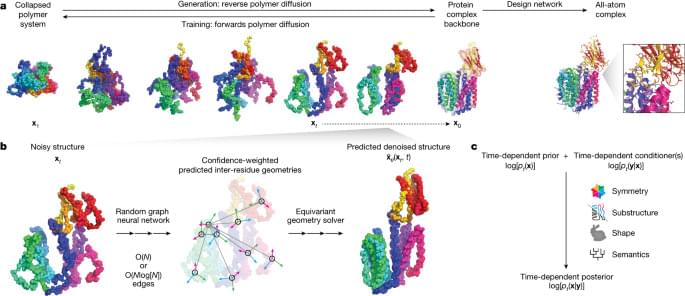

In December 2022, NASA’s MAVEN mission observed a rare solar event causing the solar wind to “disappear.” This led to significant changes in Mars’ atmosphere and magnetosphere, including their expansion. Scientists, astounded by the data, formed a working group to study this phenomenon. Credit: SciTechDaily.com.
NASA ’s MAVEN detected a unique solar event that drastically affected Mars ’ atmosphere, offering vital insights into the planet’s interaction with solar phenomena.
In December 2022, NASA’s MAVEN (Mars Atmosphere and Volatile EvolutioN) mission observed the dramatic and unexpected “disappearance” of a stream of charged particles constantly emanating off the Sun, known as the solar wind. This was caused by a special type of solar event that was so powerful, it created a void in its wake as it traveled through the solar system.

By Chuck Brooks
Every new year creates a new opportunity for optimism and predictions. In the past couple of years, emerging technology has permeated almost all areas of our lives. There is much to explore! In this article, I focus on three evolving technology areas that are already impacting our future but are only at the early stages of true potential: artificial intelligence, quantum computing, and space systems.
In addition to my own thoughts and perspectives, I reached out to several well-known subject matter experts on those very topic areas to share their valued insights.
Artificial Intelligence is on the Cusp of Transforming Civilization
Artificial intelligence (AI) is a highly intriguing and hotly contested subset of emerging technology. Science fiction no longer exists in the realm of AI. Businesses are currently working on technologies that will enable artificial intelligence software to be installed on millions of computers worldwide.

Scientists from the Leibniz Institute for Astrophysics Potsdam (AIP) have discovered a new plasma instability that promises to revolutionize our understanding of the origin of cosmic rays and their dynamic impact on galaxies.
At the beginning of the last century, Victor Hess discovered a new phenomenon called cosmic rays that later on earned him the Nobel prize. He conducted high-altitude balloon flights to find that the Earth’s atmosphere is not ionized by the radioactivity of the ground. Instead, he confirmed that the origin of ionization was extra-terrestrial. Subsequently, it was determined that cosmic “rays” consist of charged particles from outer space flying close to the speed of light rather than radiation. However, the name “cosmic rays” outlasted these findings.
In the new study, Dr. Mohamad Shalaby, scientists at AIP and the main author of this study, and his collaborators have performed numerical simulations to follow the trajectories of many cosmic ray particles and study how these interact with the surrounding plasma consisting of electrons and protons. The paper appears on the pre-print server arXiv.
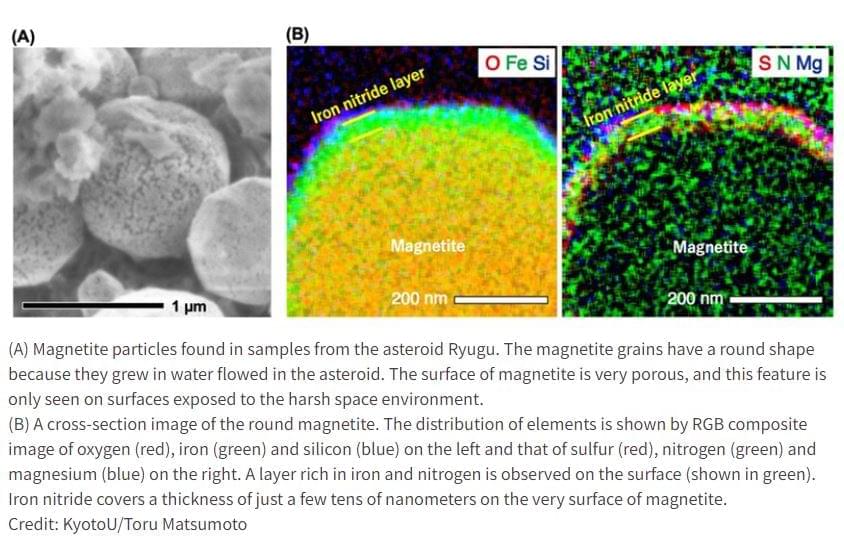
Results of study from Ryugu samples.
Micrometeorites originating from icy celestial bodies in the outer Solar System may be responsible for transporting nitrogen to the near-Earth region in the early days of our solar system. That discovery was published today in Nature Astronomy by an international team of researchers, including University of Hawai’i at Manoa scientists, led by Kyoto University.
Nitrogen compounds, such as ammonium salts, are abundant in material born in regions far from the sun, but evidence of their transport to Earth’s orbital region had been poorly understood.
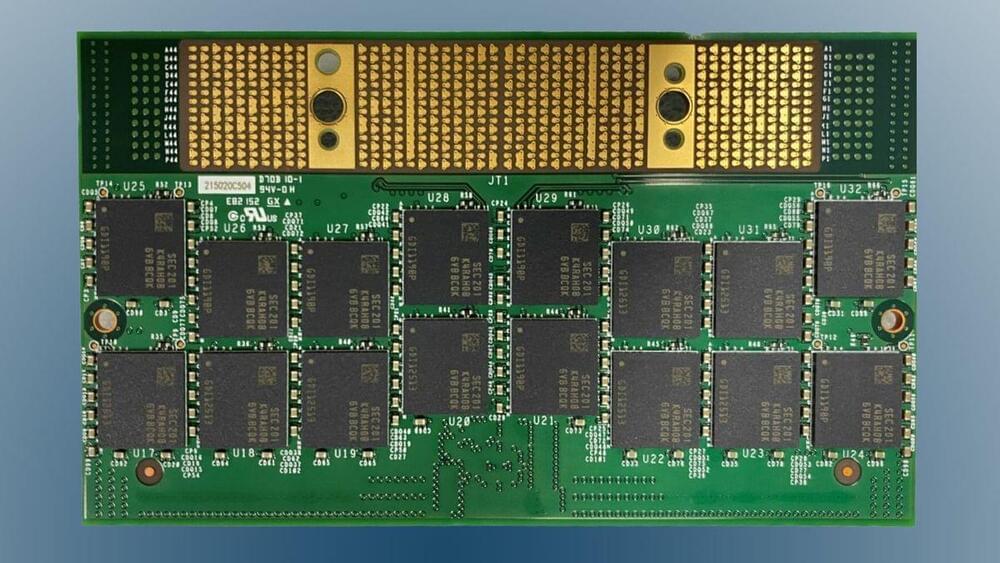

What if the fundamental “stuff” of the universe isn’t matter or energy, but information?
That’s the idea some theorists are pursuing as they search for ever-more elegant and concise descriptions of the laws that govern our universe. Could our universe, in all its richness and diversity, really be just a bunch of bits?
To understand the buzz over information, we have to start at the beginning: What is information?
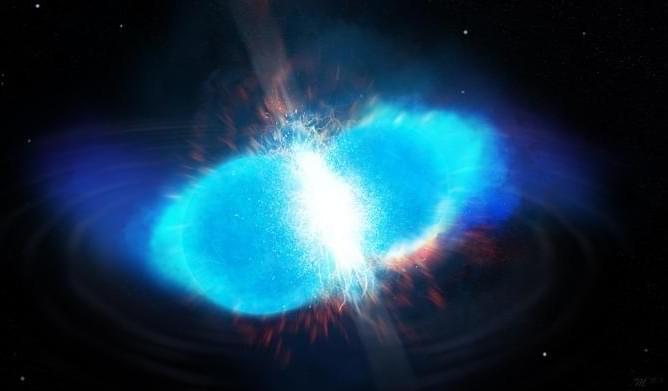
“The only plausible way this can arise among different stars is if there is a consistent process operating during the formation of the heavy elements,” Mumpower said. “This is incredibly profound and is the first evidence of fission operating in the cosmos, confirming a theory we proposed several years ago.”
“As we’ve acquired more observations, the cosmos is saying, ‘hey, there’s a signature here, and it can only come from fission.’”
Neutron stars are created when massive stars reach the end of their fuel supplies necessary for intrinsic nuclear fusion processes, which means the energy that has been supporting them against the inward push of their own gravity ceases. As the outer layers of these dying stars are blown away, the stellar cores with masses between one and two times that of the sun collapse into a width of around 12 miles (20 kilometers).
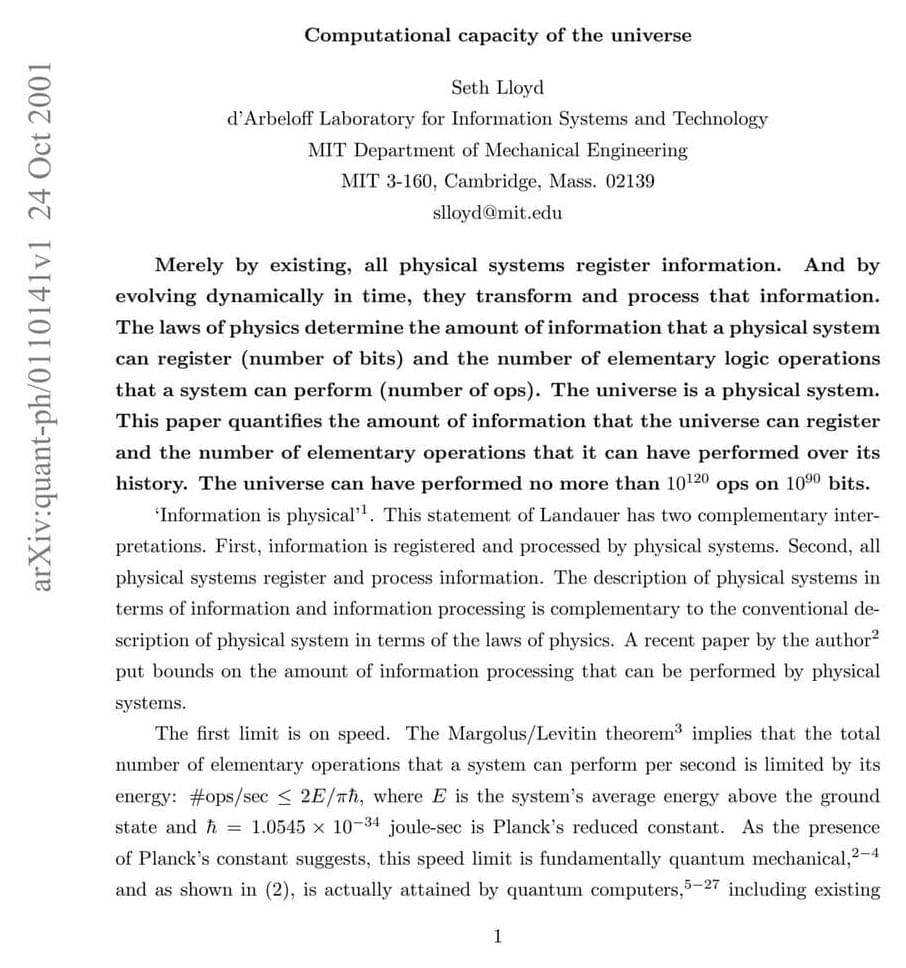
This program is part of the Big Ideas series, supported by the John Templeton Foundation.
Participant:
Stephen Wolfram.
Moderator:
Brian Greene.
WSF Landing Page Link: https://www.worldsciencefestival.com/programs/coding-the-cos…putations/
- SUBSCRIBE to our YouTube Channel and “ring the bell” for all the latest videos from WSF
- VISIT our Website: http://www.worldsciencefestival.com.
- LIKE us on Facebook: https://www.facebook.com/worldsciencefestival.
- FOLLOW us on Twitter: https://twitter.com/WorldSciFest.
#briangreene #stephenwolfram #computerscience
